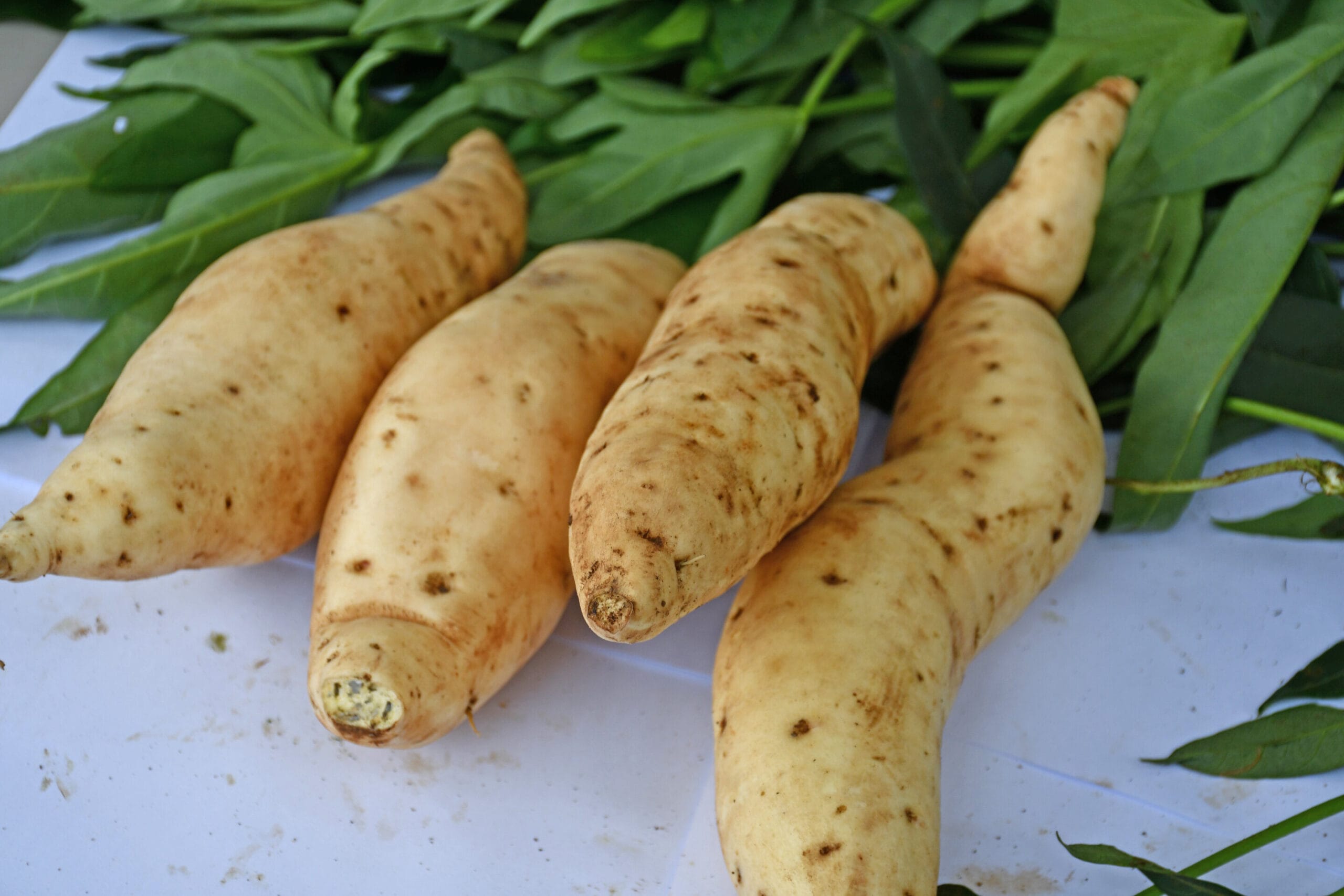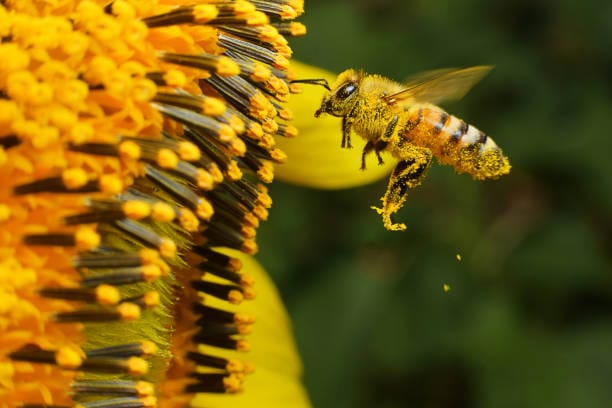Across bustling markets in Nairobi, rural fields in Malawi, and backyard gardens in Peru, the sweet potato is more than a tasty side dish — it is a lifeline. In sub-Saharan Africa alone, millions rely on it as a staple, its resilience to drought and poor soils making it an anchor for food security in some of the world’s most climate-stressed regions.
Yet despite its importance, the sweet potato has kept one of agriculture’s most enduring secrets: the full blueprint of its DNA. Now, after decades of scientific dead ends, an international team has mapped its intricate genome in unprecedented detail — a breakthrough that could transform how we grow, protect, and improve this vital crop.
A Genetic Puzzle Six Times More Complex than Ours
To understand the challenge, consider this: humans carry two sets of chromosomes, one from each parent. Sweet potatoes? They carry six. This condition, known as hexaploidy, is like trying to read not just two encyclopedias at once, but six slightly different versions, all shuffled together on the same shelf.
“This complexity is why the sweet potato genome remained such a mystery,” says Professor Zhangjun Fei of the Boyce Thompson Institute, who led the study published in Nature Plants. “It’s like untangling six intertwined novels without mixing up the chapters.”
By combining cutting-edge DNA sequencing with sophisticated computational tools, Fei’s team created the first fully resolved genetic map of Tanzania, a sweet potato variety beloved in Africa for its high dry matter, rich flavor, and natural resistance to disease.
Untangling 90 Chromosomes into Six Stories
Sweet potatoes have 90 chromosomes. The central challenge for researchers was to sort these into their six original chromosome sets, called haplotypes. For the first time in history, the team succeeded in completely “phasing” this complex genome — separating each chromosome into its correct ancestral set.
“Having this complete, phased genome gives us an unprecedented level of clarity,” Fei explains. “It allows us to read the sweet potato’s genetic story in incredible detail — from its evolutionary roots to the genes that make it drought-hardy or pest-resistant.”
A Mosaic of Ancient Ancestors
The results revealed a surprising origin story. Sweet potatoes are genetic mosaics, stitched together from multiple wild ancestors — some known, others still hiding in nature.
Roughly a third of the genome traces back to Ipomoea aequatoriensis, a wild species from Ecuador, likely a direct descendant of one of the sweet potato’s original progenitors. Another major genetic contributor is similar to a Central American species known as Ipomoea batatas 4x, though scientists suspect the true ancestor has yet to be discovered.
“Unlike wheat, where ancestral contributions sit in neat, separate genome compartments, the sweet potato’s ancestral DNA is intertwined within the same chromosomes,” says Shan Wu, the study’s first author. “It’s a unique and complex architecture that tells us this plant’s evolution was anything but straightforward.”
Nature’s Built-In Backup System
This genetic intertwining has given the sweet potato extraordinary resilience. Scientists classify it as a segmental allopolyploid — a plant that originated from a mix of species but behaves genetically like one.
With six copies of each chromosome, the sweet potato benefits from what researchers call polyploid buffering: multiple versions of critical genes that act as backups. If one gene is damaged by disease or environmental stress, others can step in, helping the plant survive drought, ward off pests, and adapt to challenging conditions.
“The sweet potato’s six sets of chromosomes are like a survival toolkit,” Fei says. “They give it flexibility in the face of climate change and unpredictable weather.”
Beyond the Genome: The Future of Farming
This scientific leap is not just an academic victory. With a fully phased genome, plant breeders can now pinpoint — with far greater accuracy — the genes linked to desirable traits such as high yields, richer nutrition, and stronger disease resistance.
Instead of relying solely on traditional breeding, which can take years of trial and error, scientists can now guide the process using genomic insights. This means that improved sweet potato varieties could reach farmers more quickly, offering them better harvests and greater security in the face of environmental change.
However, Fei emphasizes that the work is far from over. The Tanzania variety is just one chapter in the sweet potato’s genetic story. Decoding other regional varieties — each with unique traits — will be essential to unlocking the full potential of the species.
Lessons for Other Crops
The implications extend well beyond sweet potatoes. Many other essential crops — including wheat, cotton, and banana — also have multiple sets of chromosomes, making their genomes notoriously tricky to decode.
“This research shows that with the right combination of sequencing technologies and computational methods, we can finally tackle these complex genomes,” Fei says. “And that opens the door to faster, smarter crop improvement across agriculture.”
Feeding the Future
As climate change accelerates, threatening harvests worldwide, crops like the sweet potato may become even more critical to global food security. By unravelling its genetic code, scientists are not just solving an ancient mystery — they are equipping humanity with the knowledge to protect and enhance one of its most important food sources.
The humble sweet potato, once an enigma beneath the soil, now stands as a symbol of resilience — its genetic secrets revealed, its future intertwined with ours.
More information: Nature Plants (2025). www.nature.com/articles/s41477-025-02079-6






